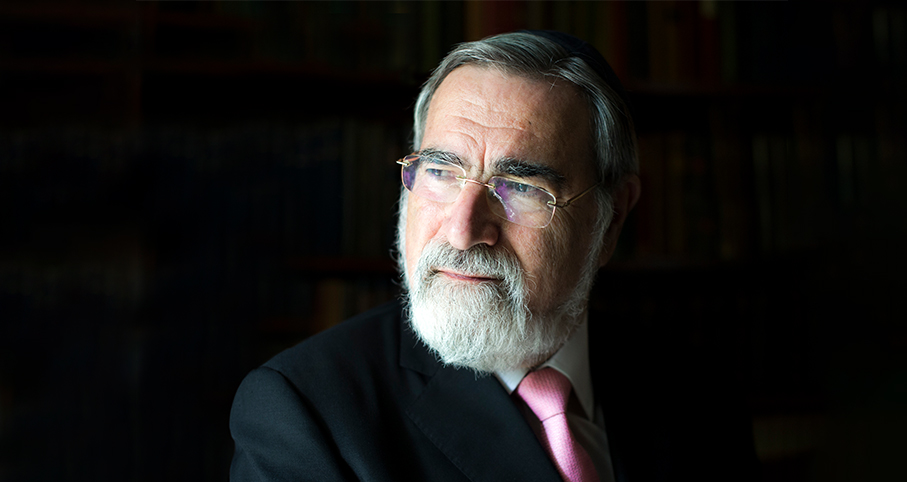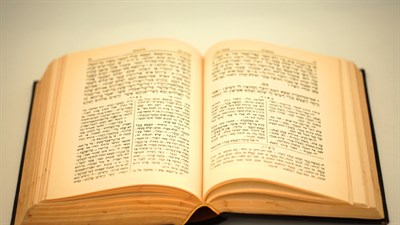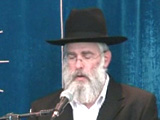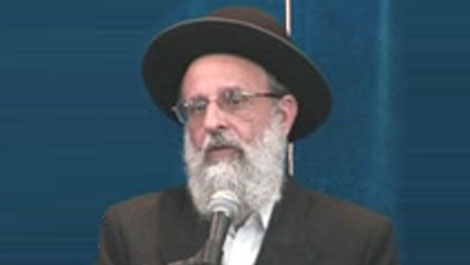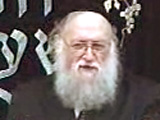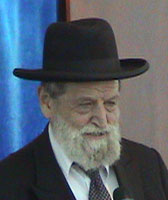articles on Beha'alotcha

Camp and Congregation
Weekly Shiur of Rav Jonathan Sacks for the weekly portion "Beha’alotecha"
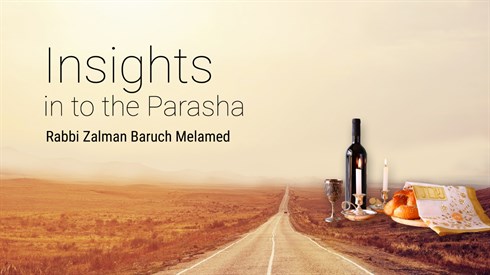
Divine Light
Weekly Shiur of Rav Zalman Melamed for the weekly portion "Beha'alotcha"
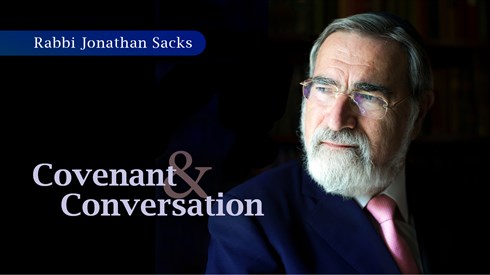
Loneliness and Faith
A shiur by Rabbi Jonatha Sacks for the weekly Torah reading (in Israel) of "Beha'alotcha".
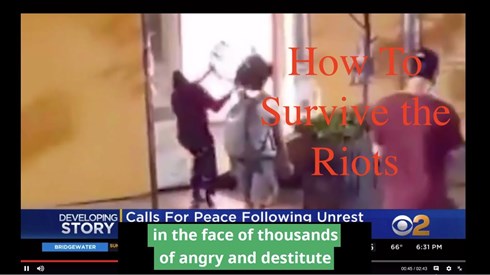
How To Survive the Riots
In this week's Torah reading (in Israel) of Baha'alotcha Hashem pushes the Jewish people towards the land of Israel. Why was the journey so arduous?
Lessons on Beha'alotcha
The Menorah and the Flat Tire
Rabbi Moshe Leib Halberstadt | 17 Sivan 5785

Parashat Hashavua: Recipe for Increasing Light
Rabbi Yossef Carmel | Sivan 5785

Ask the rabbi: was moshe’s wife tzipora black?
Rabbi Stewart Weiss | 20 Sivan 5784

It’s a "50-50" proposition
Rabbi Stewart Weiss | 20 Sivan 5784

“It Was as the Ark Traveled”
(from speech at a hachnasat sefer Torah, 1987) based on Siach Shaul, p. 374-
(from speech at a hachnasat sefer Torah, 1987) based on Siach Shaul, p. 374-
Rabbi Shaul Yisraeli zt"l | 19 Sivan 5784
